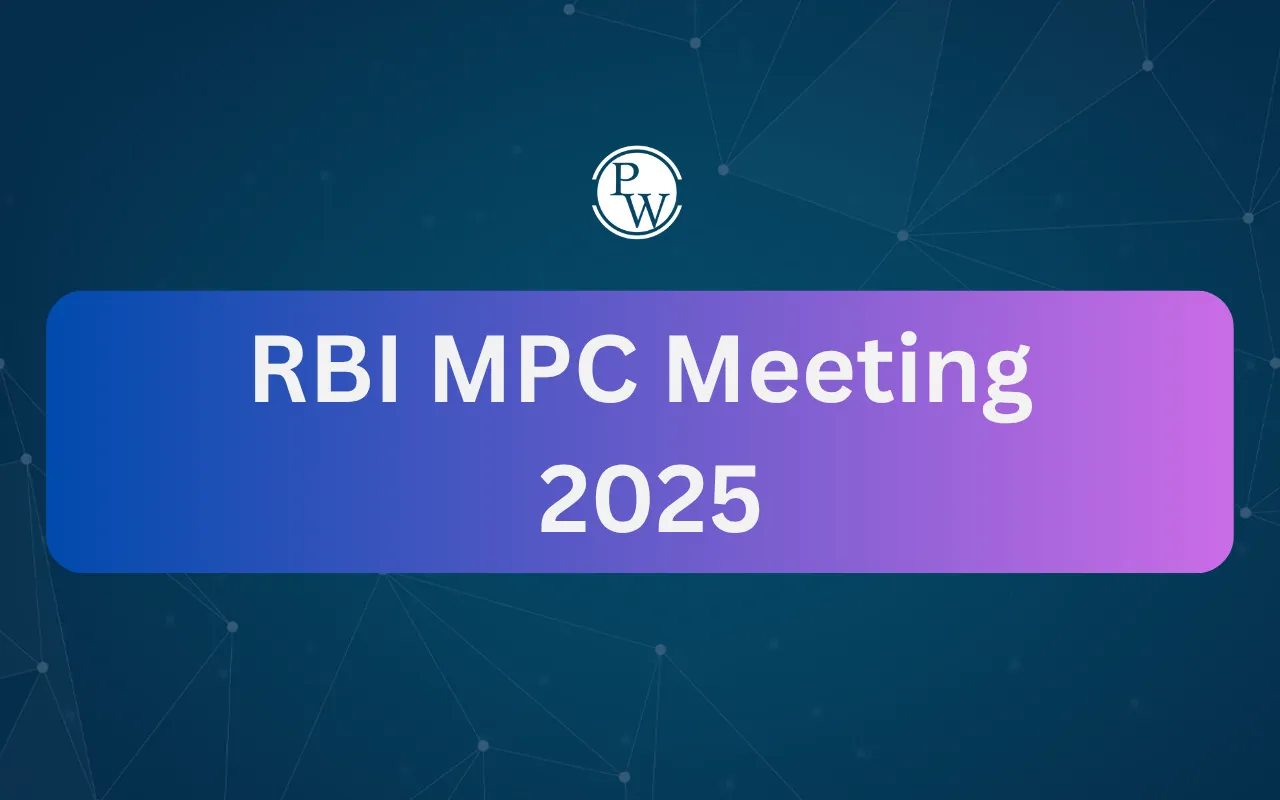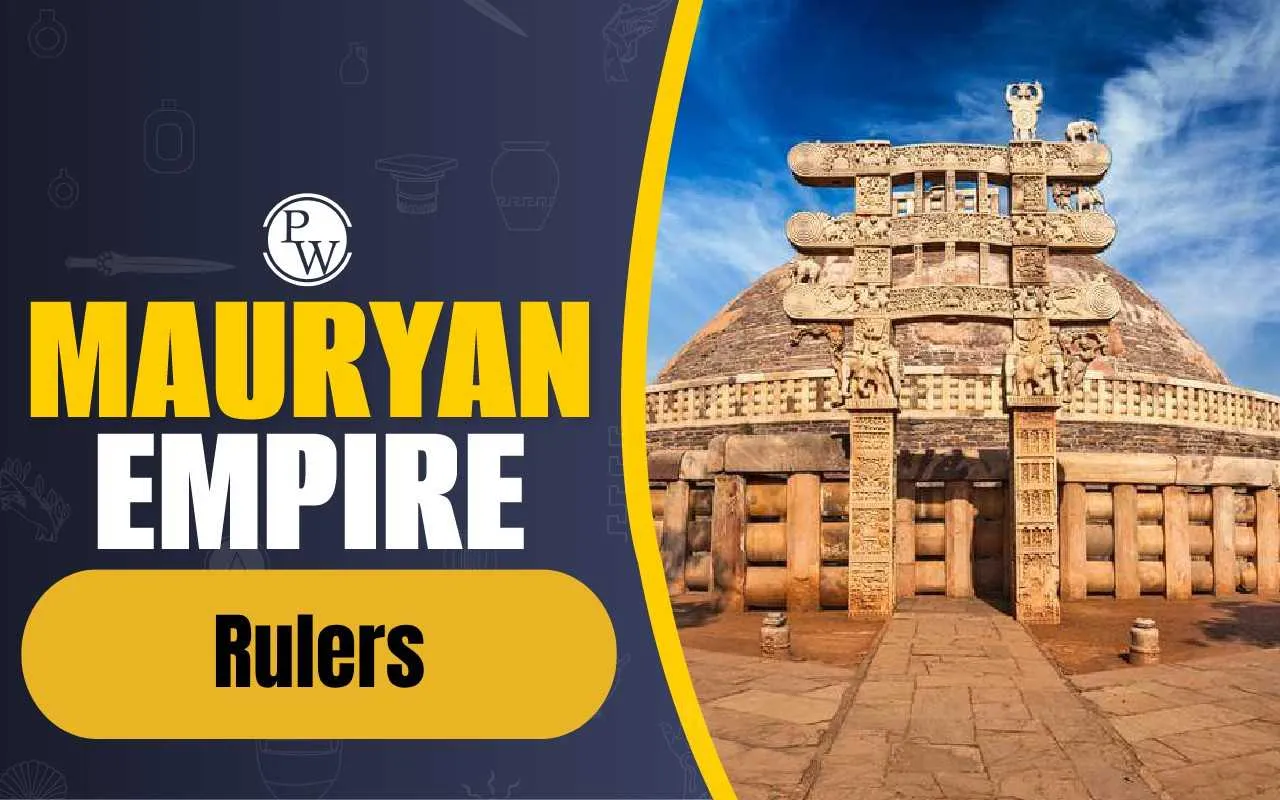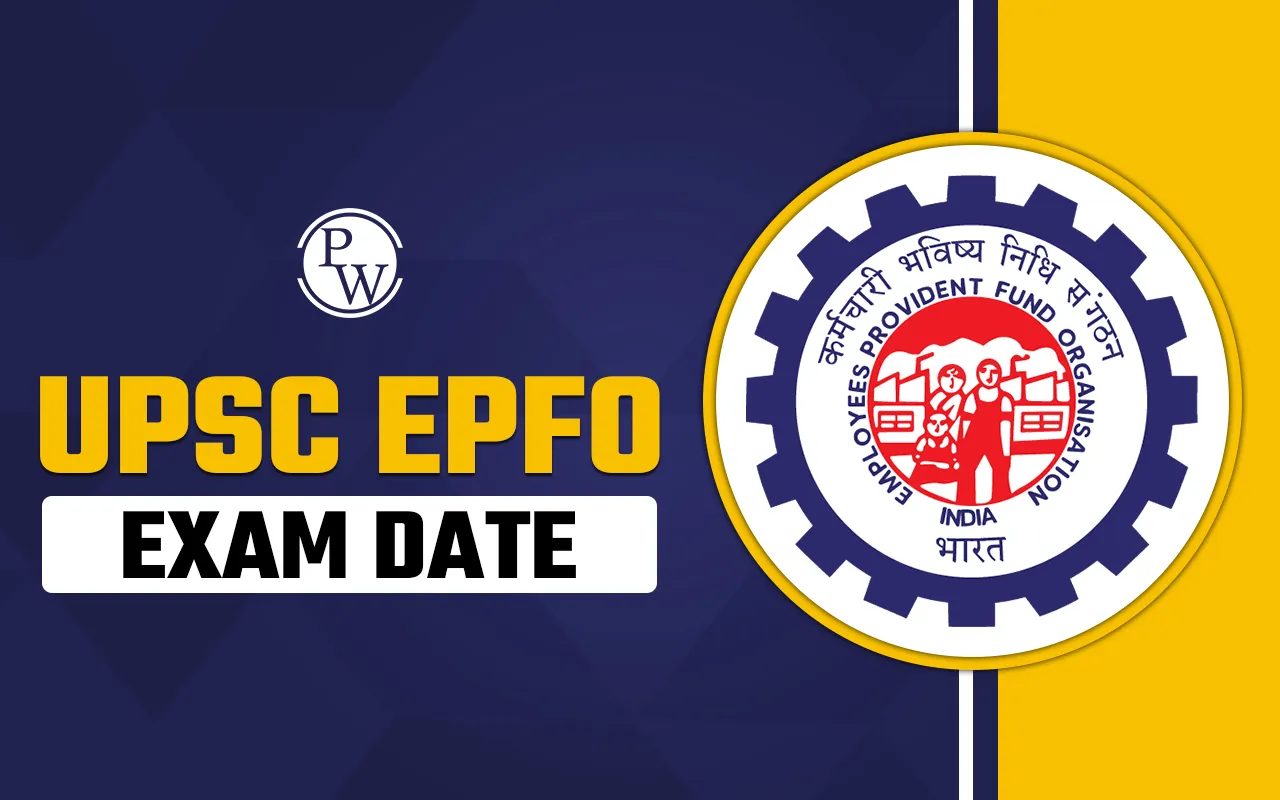

RBI Monetary Policy Committee (MPC): The Reserve Bank of India’s Monetary Policy Committee (RBI MPC) conducting its October 2025 meeting with the key repo rate held steady at 5.5%, signaling a continued neutral policy stance amid prevailing global uncertainties. Governor Sanjay Malhotra announced that the central bank raised India's GDP growth outlook for FY26 to 6.8%, up from the previous 6.5%, reflecting ongoing economic resilience and robust domestic demand. Meanwhile, inflation projections were revised downward to 2.6% owing to lower food prices and the impact of GST reforms.
The committee's unanimous decision reflects a balance between supporting growth and closely monitoring inflation and external risks. As policy transmission and global economic conditions continue to evolve, the RBI’s cautious approach aims to sustain stability while fostering long-term momentum for India's economic expansion.
RBI MPC Meeting 2025 Highlights
The RBI MPC meeting in October 2025 focused on maintaining economic stability and supporting growth amid ongoing global uncertainties and tariff-related challenges. The central bank held the repo rate unchanged, revised its GDP growth outlook higher, and lowered the inflation projection on the back of GST reforms and resilient domestic demand.
| RBI MPC Meeting 2025 Highlights | |
|---|---|
| Aspect | Update/Decision |
| Repo Rate | Unchanged at 5.5% |
| GDP Growth Outlook (FY26) | Revised upward to 6.8% |
| Inflation Estimate (FY26) | Lowered to 2.6% |
| Monetary Policy Stance | Neutral |
| Forex Reserves | USD 700.2 billion—covers 11 months of imports |
| Impact Factors | GST reforms, US tariffs, global economic headwinds |
| Banking Sector Measures | Lending and IPO financing limits raised |
| Next MPC Meeting | Scheduled for December 3–5, 2025 |
RBI Monetary Policy Committee - Latest News
RBI Monetary Policy Committee, led by Governor Sanjay Malhotra, concluded its latest meeting on June 6, 2025, with several significant announcements. Here are key highlights:
-
Repo Rate Cut: The RBI cut the policy repo rate by 50 basis points (bps) for a third consecutive time, bringing it down to 5.5%.
-
CRR Reduction: The Cash Reserve Ratio was also cut by 100 bps to increase liquidity with banks.
-
Policy Stance Change: The stance was changed from ‘accommodative’ to ‘neutral’, meaning future decisions will depend on economic data.
-
Inflation Outlook: The inflation forecast for the year was lowered to 3.7% from 4.0%, with food and core inflation staying low.
-
Growth Concerns: The RBI noted that while India’s economy is strong, global issues have slowed growth. It stressed the need to boost spending and investment.
What is RBI Monetary Policy Committee?
The RBI Monetary Policy Committee (MPC) is a six-member body formed by the Reserve Bank of India (RBI) to set the country’s monetary policy, mainly by deciding the repo rate, the rate at which the RBI lends money to commercial banks. It was constituted under the Reserve Bank of India Act, 1934, as amended in 2016.
| RBI Monetary Policy Committee - Overview | |
| Formation | Constituted under Section 45ZB of the RBI Act, 1934 (amended in 2016) |
| Inception Date | June 27, 2016 |
| Purpose | Set benchmark policy interest rate (repo rate) to maintain inflation within the target. |
| Chairperson | RBI Governor Sanjay Malhotra (ex officio) |
| Composition | 6 members: 3 RBI officials (including Governor), 3 external members appointed by Government |
| Decision Making | Majority vote; Governor has casting vote in case of tie |
| Meetings | At least 4 times a year (once a quarter) |
| Key Objectives | Price stability (inflation targeting), support economic growth |
| Inflation Target | 4% annual inflation (with ±2% tolerance) until March 2026 |
| Repo Rate | Cut to to 5.5% (June 2025) |
| Supporting Departments | Monetary Policy Department (MPD), Financial Markets Operations Department (FMOD) |
RBI Monetary Policy Framework
India's monetary policy framework is centered around an inflation-targeting regime. The Government of India, in consultation with the RBI, set an inflation target of 4% with a tolerance band of ±2% for the period up to March 31, 2026. Here are the key components of the monetary policy framework:
-
Legal Setup: In 2016, the RBI Act was amended to give a legal structure to India’s inflation-targeting approach in monetary policy.
-
Inflation Targeting: Aims to keep inflation within the specified range to ensure price stability.
-
Policy Instruments: Utilizes tools like the repo rate, CRR, and SLR to control liquidity and inflation.
-
Regular Reviews: The MPC meets at least four times a year to assess economic conditions and adjust policy rates accordingly.
-
Failure Conditions: It is considered a failure if the inflation exceeds 6% or falls below 2% for three consecutive quarters. In such cases, the RBI must submit a report to the Government explaining the reasons, corrective steps planned, timeline to return to the target.
-
Operating Framework: The RBI manages liquidity to align the Weighted Average Call Rate (WACR) with the repo rate.
This framework ensures that monetary policy decisions are systematic, transparent, and aligned with macroeconomic objectives.
RBI Monetary Policy Committee Members
RBI Monetary Policy Committee consists of six members: three from the RBI and three external experts nominated by the government. Each member serves a four-year term (for external members), except RBI officials who are members by virtue of their office. The current members are as follows:
RBI Officials:
-
Sanjay Malhotra: Governor, RBI (Chairperson, ex officio)
-
M Rajeshwar Rao: Deputy Governor, RBI
-
Rajiv Ranjan: Executive Director, RBI
External Members Appointed by the Government:
-
Dr. Nagesh Kumar: Director and Chief Executive, Institute for Studies in Industrial Development, New Delhi
-
Saugata Bhattacharya: Economist, Mumbai
-
Prof. Ram Singh: Director, Delhi School of Economics, University of Delhi
Instruments of RBI Monetary Policy Committee
The RBI MPC employs various instruments to regulate the money supply and achieve its objectives:
-
Repo Rate: The rate at which the RBI lends to commercial banks. A tool to control inflation and stimulate growth.
-
Standing Deposit Facility (SDF) Rate: Rate at which the RBI accepts overnight deposits from banks without collateral, acting as the lower limit of the interest rate corridor.
-
Reverse Repo Rate: The rate at which the RBI borrows from banks, used to absorb excess liquidity.
-
Fine-tuning Operations: Short-term liquidity measures by the RBI to manage unexpected changes in money supply during the reserve period.
-
Cash Reserve Ratio (CRR): The percentage of a bank's total deposits that must be maintained with the RBI. Adjusting CRR influences the amount of funds banks can lend.
-
Statutory Liquidity Ratio (SLR): The minimum percentage of deposits that banks must maintain in the form of liquid assets.
-
Open Market Operations (OMO): Buying or selling government securities in the open market to regulate liquidity.
-
Marginal Standing Facility (MSF): Allows banks to borrow overnight funds from the RBI against approved government securities.
-
Bank Rate: The rate at which the RBI is ready to buy or rediscount bills of exchange or other commercial papers.
These tools enable the MPC to manage liquidity, control inflation, and support economic growth.
RBI Monetary Policy Committee Functions
The RBI Monetary Policy Committee performs several crucial functions that directly impact India’s economy:
-
Setting Benchmark Interest Rates: The MPC reviews economic data and determines the repo rate during its meetings. This decision influences borrowing and lending rates across the economy.
-
Inflation Targeting: The committee’s primary goal is to maintain inflation within the target range of 4% ±2%. This helps preserve the purchasing power of the rupee.
-
Promoting Growth: While controlling inflation, the MPC also ensures that its decisions support sustainable economic growth.
-
Managing Liquidity: The MPC uses various instruments to ensure that liquidity in the banking system remains at an optimal level to support economic activity.
-
Enhancing Transparency: By conducting scheduled meetings and publishing minutes, the MPC promotes transparency and accountability in India’s monetary policy framework.
-
Communicating Policy Stance: The committee clearly communicates its stance, whether accommodative, neutral, or tight, to guide market expectations.
-
Policy Reviews and Corrections: Based on changing economic conditions, the MPC revises its policy stance to ensure continued alignment with the inflation and growth targets.
In essence, the Monetary Policy Committee of RBI is central to India's economic management, influencing everything from inflation to interest rates.
Explore PW’s UPSC Online Courses to gain deeper insights into India's economic policies and prepare effectively for your examinations!
RBI Monetary Policy Committee FAQs
What is the MPC in RBI?
What is the main role of the Monetary Policy Committee?
How often does the MPC meet?
Who appoints the external members of the MPC?
What is the current repo rate as of June 2025?

UPSC Coaching












